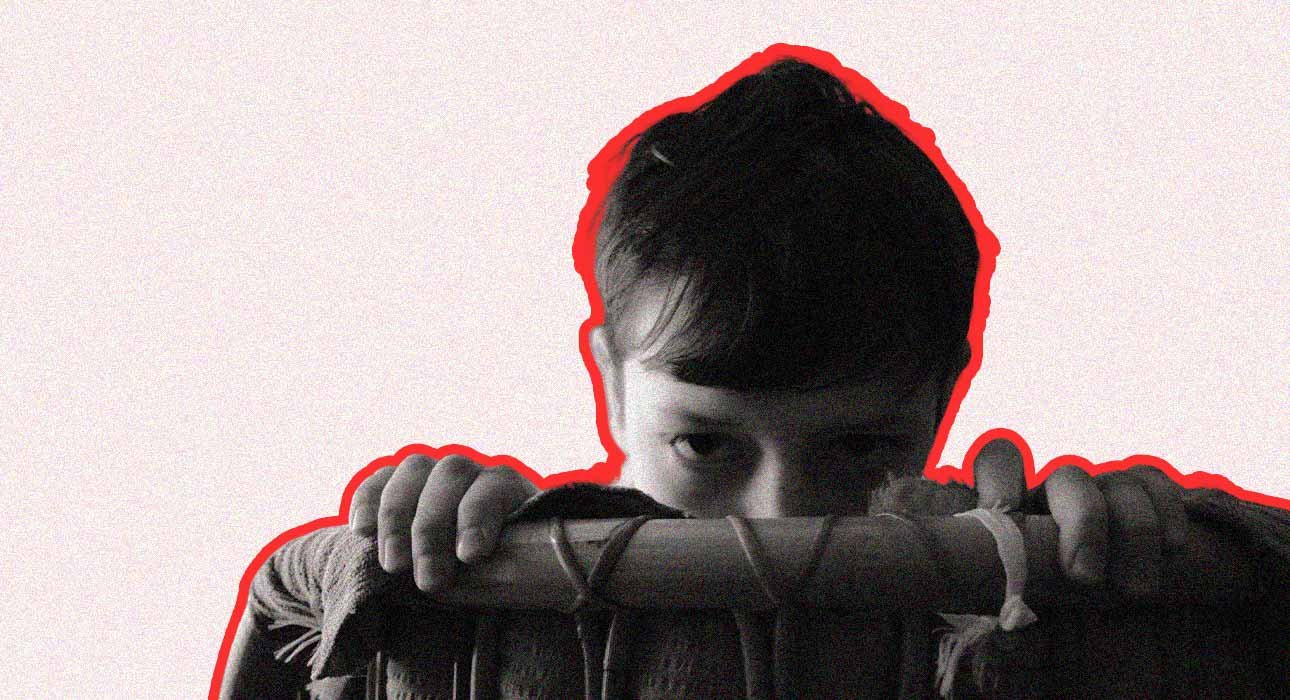Passive smoking, or secondhand smoke (SHS), is often dismissed as a nuisance, but for children, it is a silent killer. It quietly infiltrates their homes and minds. While the physical damages and effects of SHS are well-documented, its psychological impacts are equally concerning for children. Being exposed to secondhand smoke (SHS) heightens the risk of mental health issues, including anxiety, depression, and behavioural problems among children and adolescents.
This article develops into the profound psychological effects of passive smoking on children and adolescents while highlighting the urgent need for protective measures to mitigate it. SHS is a complex mixture of over 7000 chemicals, and children in particular are more prone to the effects of passive smoking because of their developing minds and bodies.
For instance, a study found that higher levels of cotinine (a biomarker for tobacco exposure) in children were associated with increased symptoms of depression, anxiety, and attention-deficit/hyperactivity disorder (ADHD). Because children are still growing, they breathe more air relative to their body weight, which increases their exposure to toxins. Additionally, their developing immune systems are not yet equipped to resist toxins effectively.
Read More: UK Teen’s Lungs Collapse After Vaping 400 Cigarettes a Week
The Psychological Impact of SHS Includes
- increased anxiety levels: Due to passive smoking, children are continuously exposed to the smoke, which has led to increased anxiety levels. An increase in the level of toxins has led to chronic stress in children, which can further deteriorate their mental health.
- Disturbed Sleep Pattern: SHS has also been linked to disturbed sleep patterns. Children find it difficult to fall asleep and wake up in the morning. It affects their circadian rhythm, which ultimately affects their mood, cognitive functioning and behaviour.
- Cognitive impairment: SHS has severe effects on the cognitive abilities of children. At such tender ages, second-hand smoke can affect brain development, leading to abnormalities and affecting their attention, memory, and learning, which ultimately leads to academic and behavioural problems in children.
- Substance Abuse: Adolescents who are exposed to SS are more likely to indulge in smoking themselves, which can lead to abusing other substances. However, it is important to note that the environment also plays a major role in it.
Read More: Psychologists Speak on How Much Sleep We Actually Need
SHS: A Threat to Children’s Wellbeing
Beyond the direct psychological effects, children who live around secondhand smoke (SHS) often face many emotional and social problems. A home is supposed to be a safe and nurturing place, but for children exposed to smoke, the same environment can become stressful and harmful. Many children internalise worry about the health of parents or caregivers who smoke, leading to heightened anxiety and feelings of helplessness.
They may witness frequent smoking as a normalised behaviour, which blurs their understanding of healthy lifestyle choices and increases their likelihood of imitating the habit later in life. Many children internalise worry about the health of parents or caregivers who smoke, leading to heightened anxiety and feelings of helplessness. They may witness frequent smoking as a normalised behaviour, which blurs their understanding of healthy lifestyle choices and increases their likelihood of imitating the habit later in life. Noticing the psychological impact of secondhand smoke(SHS) and preventing its exposure is crucial for safeguarding the mental health of children.
Here Are Some Of The Steps That Can Be Taken To Reduce
- Implementing smoke-free policies: Establishing smoke-free environments in homes and public spaces can significantly reduce SHS exposure, raising awareness about the dangers of Secondhand Smoke.
- Promoting anti-smoking programs. Running programs that help people quit smoking can lower smoking rates among parents and caregivers. These programs can give advice, support, and simple tools like counselling or quit-smoking aids. Schools, clinics, and community groups can also spread awareness about how secondhand smoke harms children, both physically and mentally. When parents and caregivers get the right help, they are more likely to quit, which creates a safer, smoke-free home for children.
While these preventions are impactful, it is also important to understand that the majority of the population is already smoking, and children are already exposed to the effects of passive smoking; therefore, providing support and resources for families affected by the exposure can mitigate the psychological impact.
Read More: Why Is Smoking So Appealing to Youths? Know About the Effects?
Protecting Children from the Hidden Dangers of Secondhand Smoke
The government plays a very pivotal role. At a national level, they can introduce policies which can that can be aimed at enacting laws that limit smoking in public spaces and thereby protect children from the SHS exposure. The effect of passive smoking or second-hand smoke is immense on children. It is not only a psychological issue, but a public health issue. Understanding the profound impact of second-hand smoke on children and their development is critical.
The current situation demands the development of intervention strategies that can help to mitigate the effects. Beyond individual households, schools, healthcare providers, and communities must unite in raising awareness and offering support. If we continue to overlook the silent psychological suffering caused by SHS, we risk raising a generation burdened with preventable mental health struggles. Protecting children from passive smoking is not optional; it is a moral, social, and health imperative. We must act now to ensure a healthier, happier future for the next generation.
